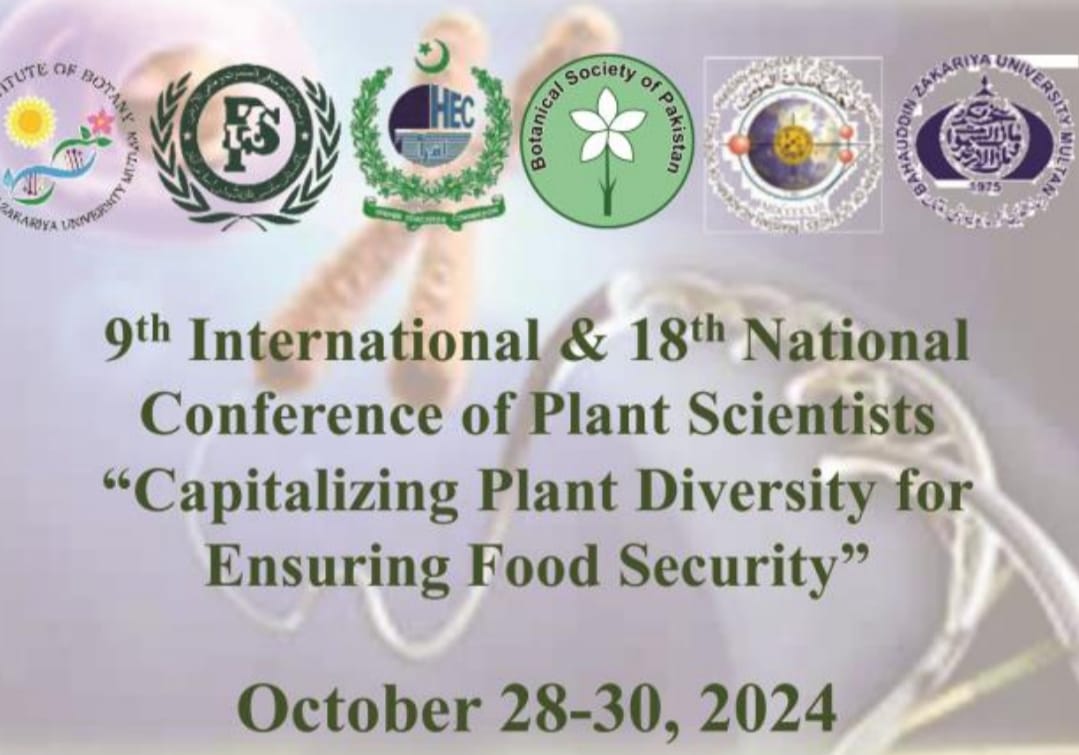
PJB-2024-238
RESPONSE OF CHILI GERMPLASM TO RALSTONIA WILT AND ITS MANAGEMENT THROUGH PLANT ACTIVATORS
GHALIB AYAZ KACHELO
Abstract
Bacterial wilt of chili is a devastating disease caused by soil borne bacterium Ralstonia solanacearum. It has been reported from all ecological zones of Pakistan with more than 80% disease prevalence. The contemporary study was designed to find out resistant source against bacterial wilt disease through screening of available chili germplasm for two consecutive years, management of bacterial wilt of chili through plant activators and determination of growth parameters of chili germplasm under healthy and infected environments to find out potential variety against bacterial wilt of chili. The findings of current study declared that among 25 tested germplasm four cultivars named, Comega CH 403, HHP-090F, HHP-086H and Sanam showed resistant reaction having disease incidence between 1 to 20% respectively, whereas Sitara-80, Maxi and Sitara-83 were found highly susceptible with more than 80% disease incidence percentage. Current study also found that, Comega CH 403, Sanam and HHP-086H were the leading varieties in terms of growth and yield contributing attributes, with maximum values of all investigated parameters in healthier conditions, however a small variation among all factors were recorded under disease stress among all varieties. On the other hand minimum values for all growth parameters and yield were recorded among Maxi, Sitara-80 and Sitara-83 under both, healthy and infected environments with minimum log values. The results from management trials revealed that acibenzolar-S-methyl (ASM) was found highly effective in controlling bacterial wilt of chili with lowest disease incidence (38.63%), followed by chitosan (40.38%), citric acid (41.66%), salicylic acid (42.15%), benzoic acid (43.31%), ASA (45.29%), KH2PO4 (45.40%), K2HPO4 (48.30%), dichloro-isonicotinic acid (50.01%) and hydroquinone (52.43%) under greenhouse conditions. Whereas, the treatment of combination of ASM+CS+CA showed lead disease incidence (34.16%) followed by ASM+CS, ASM+CA, CS+CA, ASM, CS and CA against bacterial wilt of chili under natural field conditions. Considering above findings, it is recommend that Comega CH 403, Sanam and HHP-086H varieties of chili are the potential varieties with high yield and resistance against bacterial wilt disease, whereas acibenzolar-S-methyl could be used as suitable option to combat bacterial wilt of chili.
To Cite this article:


